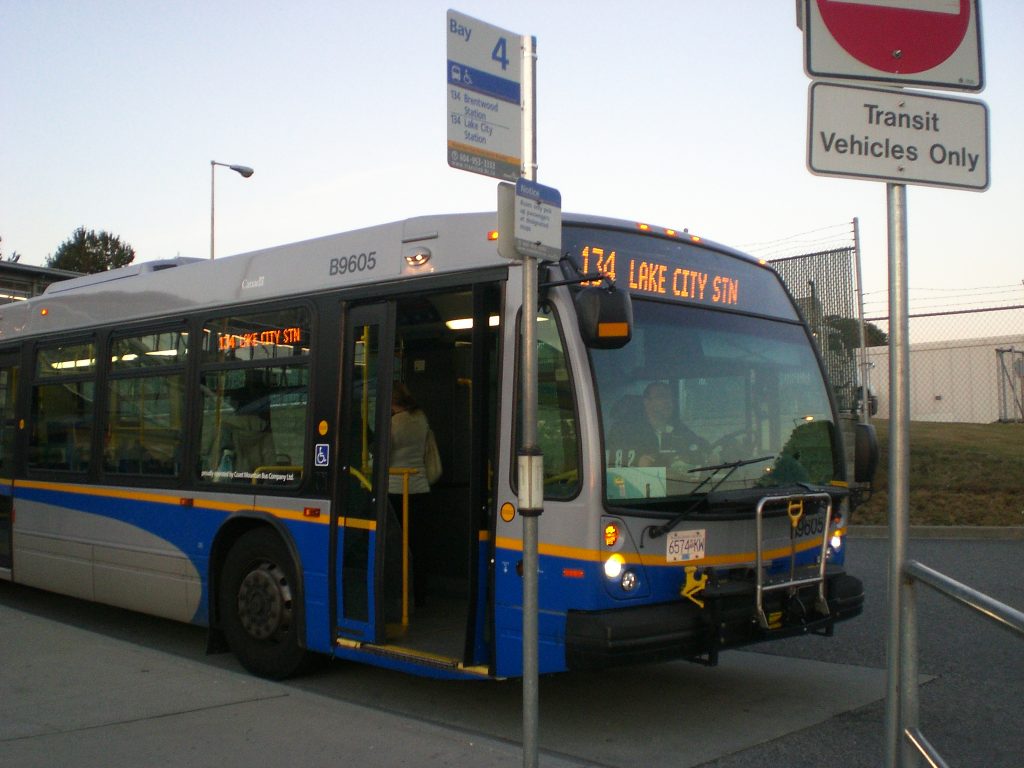
Using local buses and trams like a local is a fantastic way to experience the authentic heart of any city. Forget expensive taxis and tourist traps; mastering public transportation unlocks a world of convenience, cost savings, and cultural immersion. But navigating unfamiliar bus routes and tram schedules can often feel daunting, especially for first-time visitors. This guide will equip you with the essential knowledge and practical strategies to confidently navigate local buses and trams, just like a seasoned local. We’ll delve into everything from purchasing tickets and understanding timetables to mastering the art of route planning and even handling unexpected situations. By the end of this article, you’ll be ready to ditch the tourist maps and embrace the vibrant pulse of the city’s public transport system.
Understanding Local Bus and Tram Systems
Ticket Purchasing and Validation
Before you even step onto a bus or tram, understanding the ticketing system is crucial. Many cities offer various ticket options—from single journeys to day passes and weekly passes. study the optimal value ticket for your needs before you travel. This often depends on the length of your stay and planned frequency of travel. Many systems require you to validate your ticket upon boarding—either by inserting it into a machine or by showing it to the driver—so ensure you’ve done this correctly to avoid fines. Don’t forget to keep your ticket for the duration of your journey.
Decoding Timetables and Route Maps
Related Post : Comparacion Entre Modos De Transporte
Local bus and tram timetables and route maps can seem complex at first, but with a little practice, they become easy to understand. Often, you will find the information online, which is a great benefit. Many cities use digital displays at bus stops and tram stations, making real-time information easy to access. Look for signs indicating the direction of travel and the destinations each vehicle serves. These are often displayed on the exterior of the vehicle or in an easily visible area inside.
Planning Your Journey Like a Local
Utilizing Online Resources and Apps
Many cities offer convenient online tools and mobile apps to plan your journey. Enter your starting point and destination, and the app will suggest the optimal bus or tram routes, including departure times and estimated travel durations. Many apps also offer real-time updates on vehicle locations and potential delays, enabling you to adjust your plans accordingly. It’s highly recommended you use such applications to plan your route. Use these applications to ensure you catch the right bus or tram.
Navigating Peak Hours and Crowds
During peak hours (usually mornings and evenings), buses and trams can get incredibly crowded. Planning your journey around these periods can significantly reduce travel time and enhance your experience. Consider adjusting your departure time slightly to avoid potential congestion or overcrowding. During the peak hours, finding a seat can be very challenging.
Embracing Local Customs and Etiquette
Boarding and Alighting
Observe local customs when boarding and alighting. In some cities, passengers may queue at the designated spots. Others may not. Pay attention to the way other passengers behave and follow suit. Be mindful of others when boarding and exiting the vehicle. Give priority to those who need more time, such as the elderly or individuals with disabilities. If the transport is crowded, do be patient and courteous.
Communication and Asking for Help
Don’t hesitate to ask locals for help if you’re lost or unsure about the route. Most people are very happy to help out and point you in the right direction. A simple “Excuse me, do you know which bus goes to…” is often all it takes. The locals might even show you the exact location of the stop or bus you need.
Beyond the Basics: Advanced Tips for Using Local Buses and Trams
Understanding varied Ticket Types and Fares
varied cities offer a variety of ticket options, including daily, weekly, or monthly passes. Understanding which type of ticket optimal suits your needs and travel pattern is crucial. Some cities also offer discounts for students, seniors, or people with disabilities, so ensure you inquire if you qualify.
Handling Unexpected Delays and Disruptions
Delays and disruptions can sometimes happen. Check the information channels of the local transport offerr for updates or alerts on service disruptions, or look up online apps that may give information as well. These often inform people about changes to routes or timetables due to unexpected events such as roadworks or accidents. Be prepared to adjust your plans accordingly.
Safety Tips for Using Public Transport
Personal Safety and Security
Always remain vigilant of your belongings when using public transport, especially during peak hours when it can get crowded. Keep your valuables close and be aware of your surroundings. Avoid using your mobile phone or wearing headphones that might limit your situational awareness. Do take special care of your belongings and yourself.
Emergency Procedures
In case of an emergency, promptly notify the driver or other transport personnel. Most vehicles usually have emergency buttons, or procedures are clearly displayed on boards for assistance. Familiarize yourself with the emergency procedures for your local transport system before traveling. It’s always better to be prepared.
Mastering local buses and trams is key to experiencing a city like a true local. By understanding ticketing systems, routes, and local customs, you’ll not only save money but also immerse yourself in the everyday life of the city. Remember to plan your routes in advance using online tools or apps, be mindful of peak hours, and don’t hesitate to ask locals for help! Embrace the adventure, and enjoy exploring the city like a local. Using public transport can significantly enhance your travel experience. Happy travels!